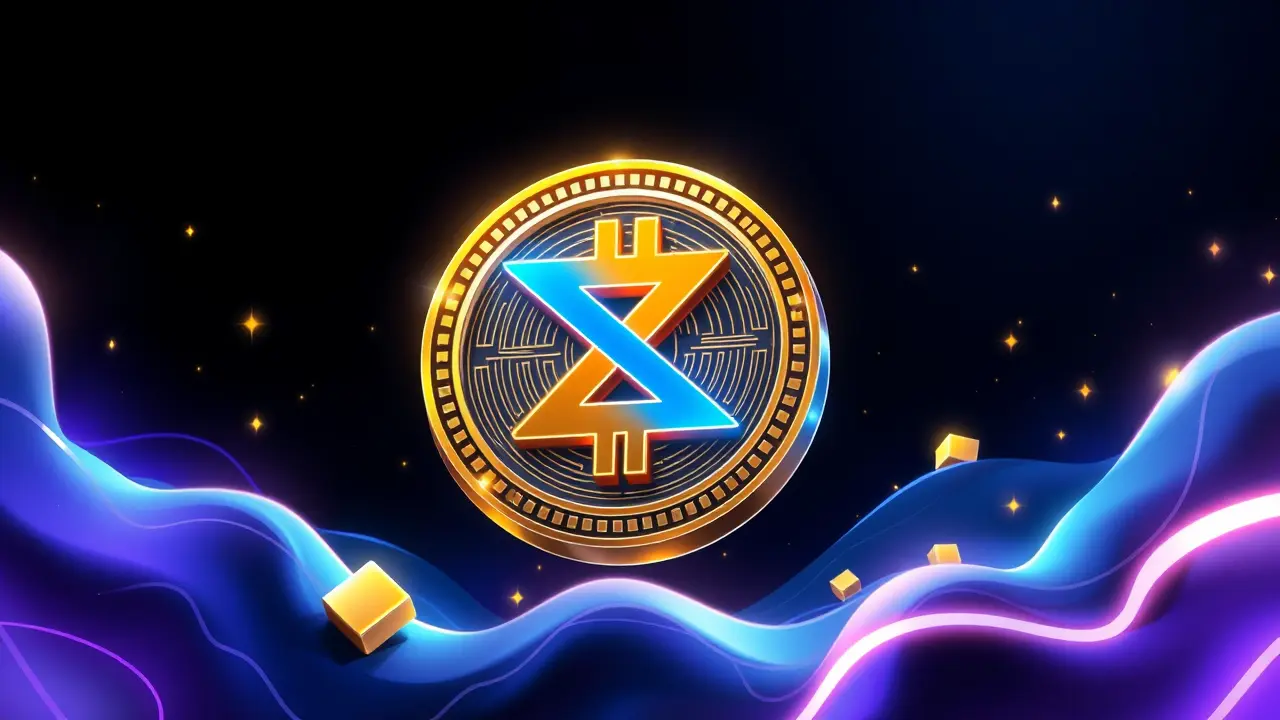Nasdaq-listed Tether Gold treasury firm completes $134 million purchase of XAUT
In a move that further blurs the lines between traditional finance and the burgeoning digital asset ecosystem, the treasury firm for the Nasdaq-listed Tether Gold (XAUT) has officially completed a staggering $134 million purchase of its own token. This acquisition, a significant vote of confidence that reverberates through both Wall Street and the crypto-sphere, comes hot on the heels of the parent company, Aurelion, securing a formidable $150 million war chest through a combination of a $100 million Private Investment in Public Equity (PIPE) and a $50 million debt facility.This isn't just a simple treasury management decision; it's a profound strategic gambit that signals a maturation of tokenized assets and their growing acceptance within institutional portfolios. For years, the narrative around assets like Tether Gold has been one of cautious curiosity from TradFi veterans and fervent advocacy from crypto natives, but this action transcends mere speculation.By deploying such a substantial capital infusion directly into XAUT, Aurelion is effectively leveraging the mechanisms of conventional corporate finance—debt and equity raises—to double down on a digital representation of a physical asset, creating a powerful feedback loop. This maneuver echoes the early days of corporate Bitcoin treasuries, pioneered by companies like MicroStrategy, but with a critical evolution: it’s not just about holding a decentralized cryptocurrency as a hedge, but about actively managing and reinforcing the ecosystem of a specific, asset-backed token.The $134 million buy-in acts as a massive liquidity injection and a powerful price-support mechanism, theoretically reducing circulating supply and reinforcing the token's peg to the physical gold it represents, which is held in a Swiss vault. From a regulatory standpoint, this is a fascinating case study in the making.How will bodies like the SEC view a public company's aggressive accumulation of a crypto asset that is intrinsically linked to its own operations? It invites comparisons to stock buybacks, yet operates in a far less defined regulatory landscape. Furthermore, this action provides a compelling blueprint for other public companies looking to gain exposure to real-world assets (RWAs) on-chain, potentially accelerating a trend where corporate treasuries diversify into tokenized commodities, real estate, and even government bonds.The debt facility component is particularly noteworthy, as it implies that traditional lenders are becoming increasingly comfortable with using crypto-native assets as part of a broader financing strategy, a hurdle that has long impeded deeper integration. Analysts will be watching closely to see if this sets a precedent, potentially opening the floodgates for more hybrid financial instruments that bridge the old and new worlds of finance. The consequences are multifaceted: for the crypto market, it validates the 'digital gold' narrative on a grand, institutional scale; for traditional investors, it offers a new, complex, but potentially lucrative avenue for diversification; and for the future of finance, it’s another sturdy brick in the foundation of a fully tokenized economy where the movement of value is as seamless and global as the internet itself.
JA
Jamie Larson123k2 days ago
wow that's a crazy amount of money moving around idk it feels like the big players are just building a new wall street but digital
0
